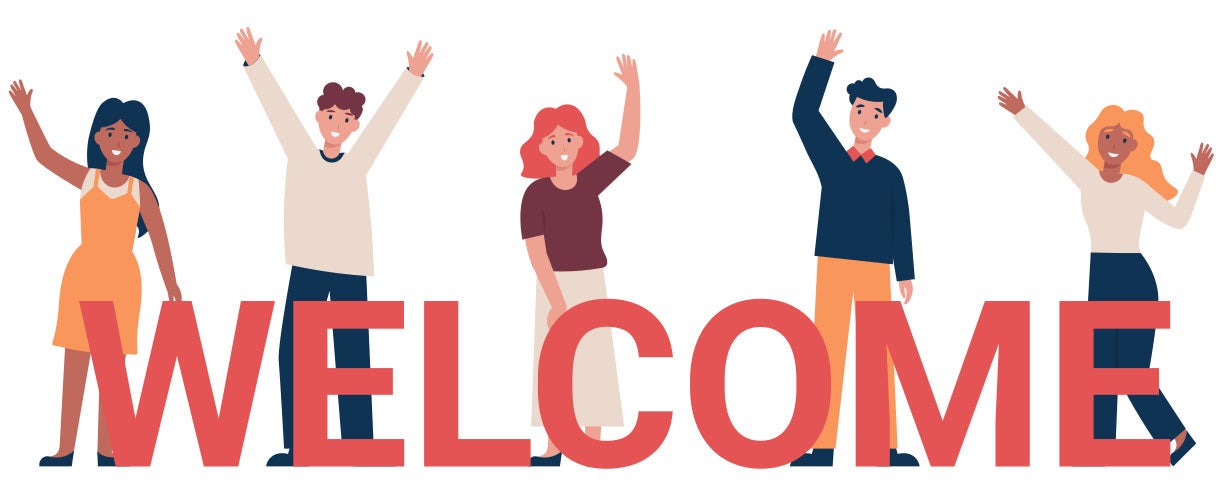School Boards: What Is the Purpose of a Public Education?
“To understand is to know what to do.” - Ludwig Wittgenstein
Sometimes it’s best to go back to the basics. Why do we have public schools? What do we value? What are we trying to accomplish?
These questions were at the heart of a recent consultation we had with a school board and superintendent. They wanted to discuss their values as a team in hopes of developing a better shared understanding of how they could best support the learning of every child.
School boards and superintendents often talk about putting students first and basing every decision they make on what is best for the child. However, the interests of the public, your staff, and sometimes even fellow board members don’t always reflect those first principles.
Your board’s perceptions will always determine your priorities. How you think about your school district’s purpose guides your governance team’s discussions and decisions.
The Three Most Important Ways Public Education Transforms Students
Public schools exist for three primary reasons:
- Develop a productive workforce
- Create an informed citizenry
- Provide for social mobility
That third purpose, to provide for social mobility, is the American Dream — the ideal that we can achieve a better standard of living than we were born into and that looks at public education as a private or individual good.
The first purpose, developing a productive workforce, has both public and private benefits. It helps to drive the economy forward, while also allowing us to provide both for ourselves and those we care about.
The second purpose, to create an informed citizenry, also has individual and societal benefits. Our way of life hinges on the ability of the majority of citizens being informed, engaged, and involved in elections, government, and community service.
As we think about these three objectives, we can see how significant it is to provide every child an ample and effective education. Individuals benefit, to be sure, but so do our communities, our state, and the whole world. The benefit of an educated populous creates a powerful ripple effect.
School boards have to ask themselves what they are doing to accomplish these objectives. Are students graduating fully prepared to contribute to the workforce, engage in our communities, and rise above the conditions into which they were born?
Making Sure a Public Education Lifts All Students
If the answer to the question “How are the students doing in our district?” is something like, “Well, we had that one seven years ago that went on to be a doctor, and the other four years ago that is now in medical school,” then we need to ask ourselves a second question: How many of our students are we shortchanging in the time they had with us in our district?
If our students go through K-12 in our district and come out the other end unable to find a sustaining job or pursue further education, with no interest in voting or public service, we need to ask ourselves, where did we go wrong in our school district?
Public school can’t just be a place that provides safe childcare, entertainment, and extracurricular activities. Our school districts exist to educate children for both their benefit and for the greater good of our community, state, and world.
Bringing it back to the basics and thinking about the purposes of public education can help us keep conversations focused on student success and help us prioritize decisions that promote the long-term good of both our students and community. It’s not a viable or desirable future to only educate some students well. Governance teams need to remain focused on educating every student well.





